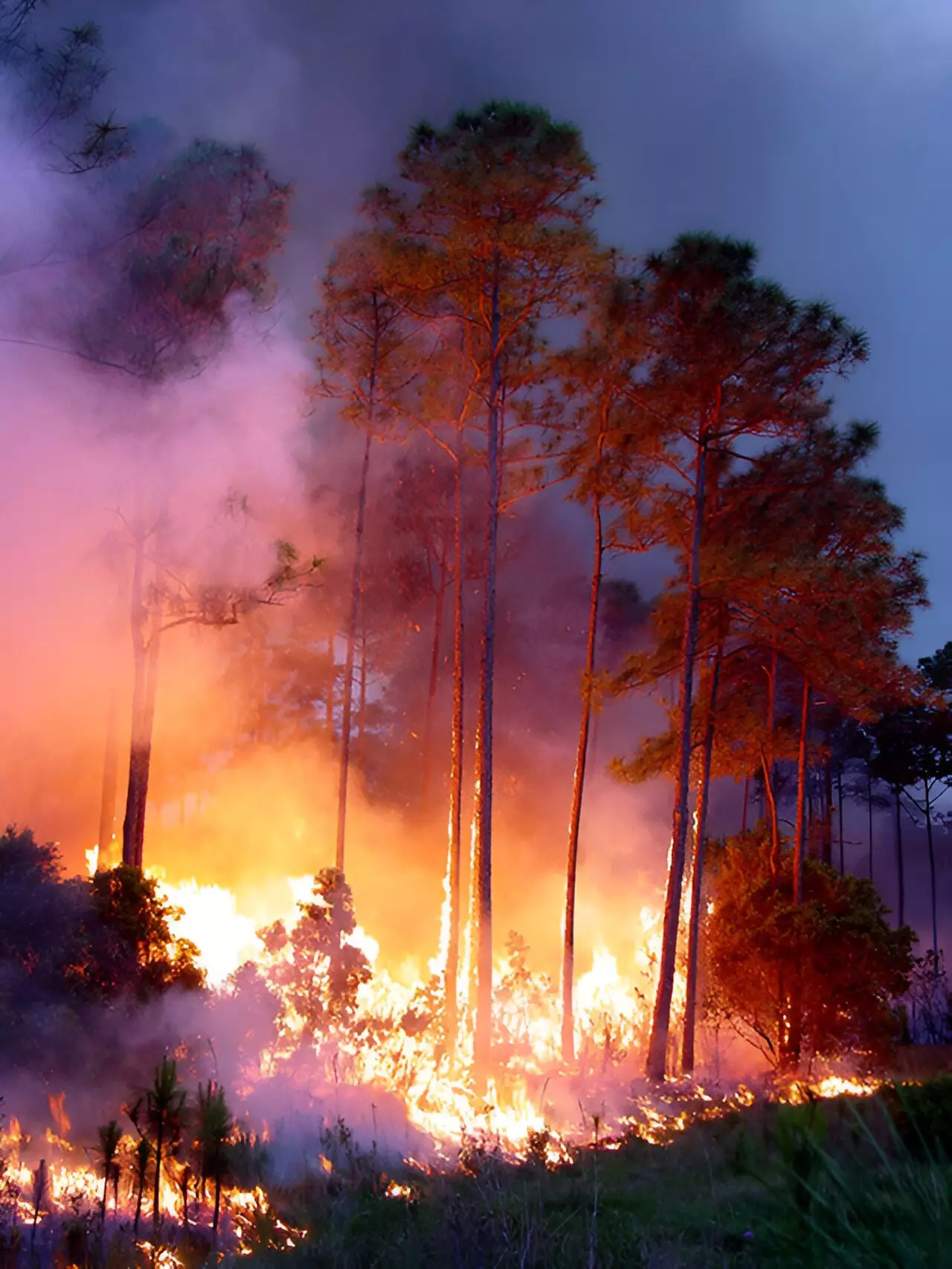Wildfires in California have become increasingly common and devastating in recent years. While many studies focus on the effects of climate change on wildfires, a new study from UC Riverside looks at how large wildfires are actually changing the climate. By analyzing the impact of soot from wildfires on sunlight trapping and weather patterns, researchers have uncovered some concerning findings.
Lead study author and UCR doctoral candidate James Gomez conducted a comprehensive analysis of peak fire days and emissions over the past 20 years. He specifically looked at how large fires influence temperatures and humidity levels on abnormally cool or wet days during fire season. The study, published in the journal Atmospheric Chemistry and Physics, revealed that wildfires make the days they burn hotter and drier than usual, creating conditions conducive to further fires.
One of the key reasons for the increased temperature during wildfires is the presence of soot, which acts as an absorptive aerosol, trapping heat in the atmosphere. Additionally, the heat emitted from wildfires reduces humidity, making it harder for clouds to form and cool the environment. This combination of factors leads to a vicious cycle where wildfires contribute to their own propagation by creating favorable fire weather conditions.
The study differentiates between two types of aerosols: reflective and absorptive. While sulfate aerosols from fossil fuel burning have a cooling effect by reflecting sunlight back into space, reducing their presence can exacerbate climate change and lead to more wildfires. On the other hand, black carbon emissions from wildfires act as absorptive aerosols, further intensifying heat and discouraging cloud formation, ultimately impacting precipitation levels in drought-prone regions.
Gomez highlights the importance of addressing CO2 emissions and implementing better land management practices to mitigate the risk of large wildfires. By allowing for more controlled burns and managing vegetation buildup, the severity and frequency of wildfires could potentially be reduced. However, the study underscores the urgent need for a multi-faceted approach to tackling climate change and its impact on wildfire activity.
The study sheds light on the complex interplay between wildfires, soot emissions, and climate change. By understanding how wildfires contribute to the alteration of weather patterns, researchers and policymakers can take proactive steps to address the root causes of escalating wildfire risk. The findings underscore the importance of sustainable environmental practices and collaborative efforts to combat the growing threat of wildfires in California and beyond.


Leave a Reply